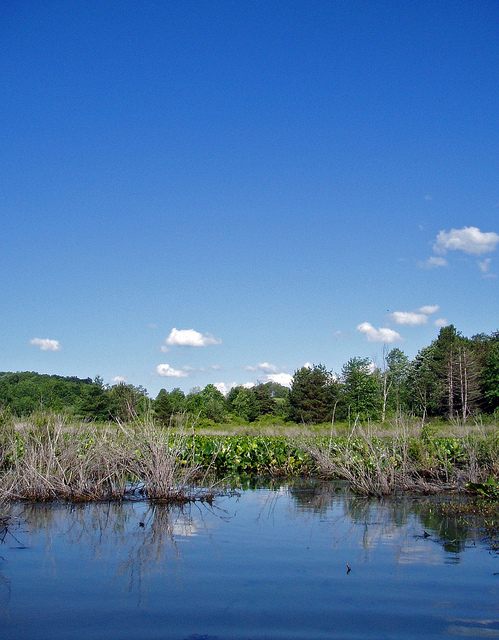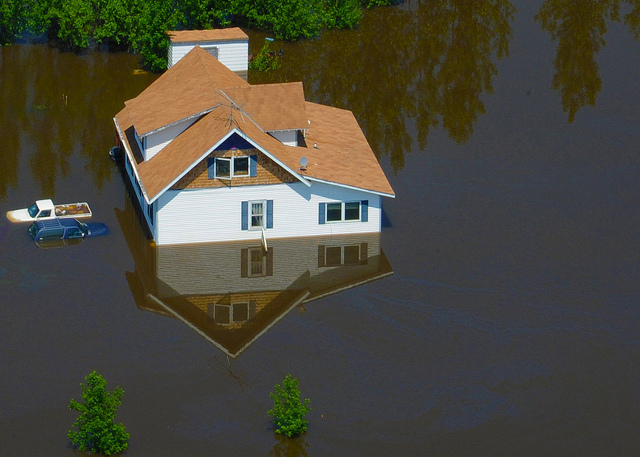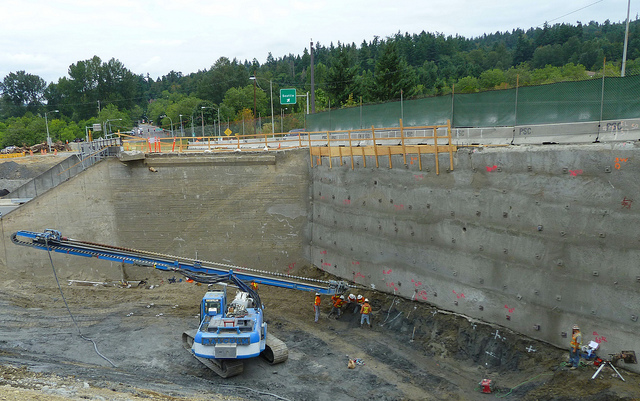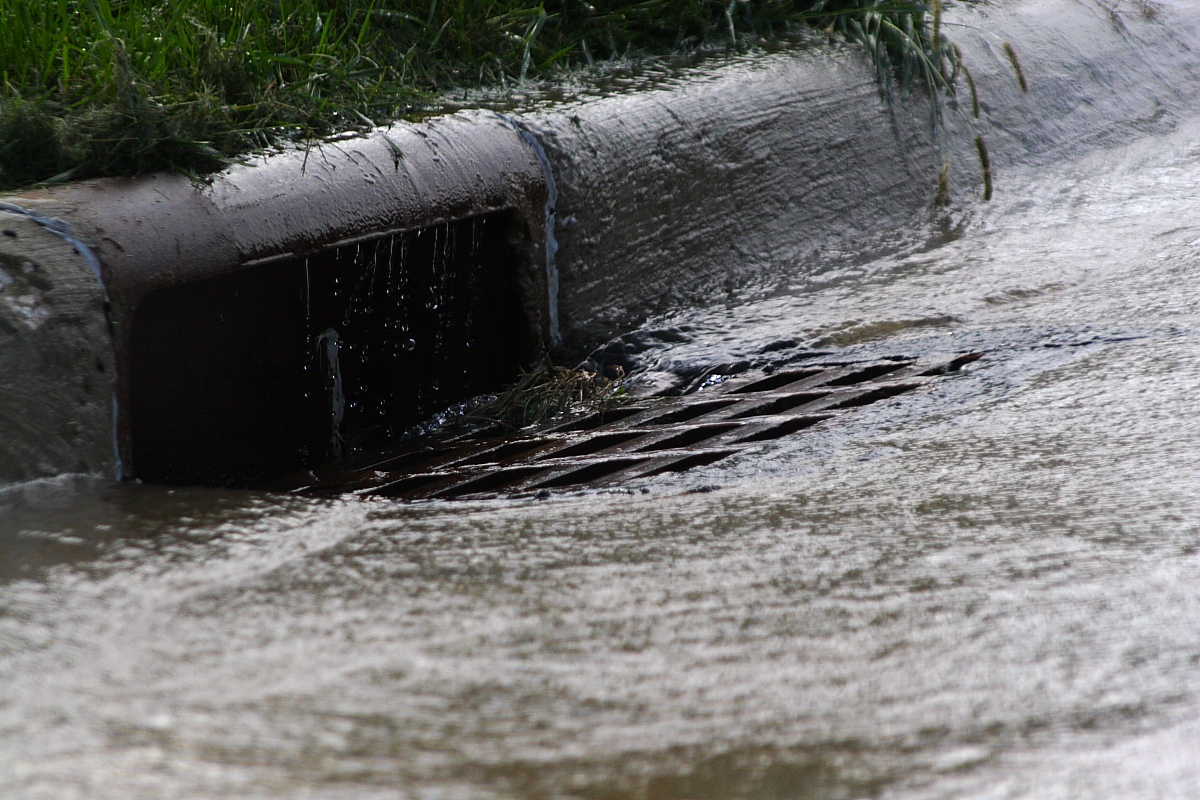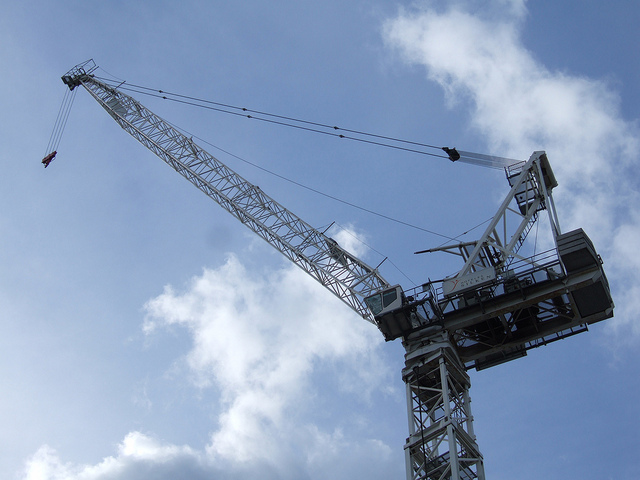When choosing an area for development, the Army Corps of Engineers’ official rules for permitting need to be considered. The rules are designed to protect water resources, but they can be tricky if the builder isn’t used to dealing with wetland management practices. Any waterway that is “navigable” or has a “significant nexus” to navigable waters is under the rules governing wetland management. There are several steps to gaining the proper permits for development in an area that may impact a wetland.
Report from a Consultant
First, the land will need to be assessed by a qualified consultant. A wetland stream assessment includes mapping, and yields important information about whether there will be issues with endangered species or habitat destruction.
The initial assessment can determine whether or not it will be profitable to move ahead with a proposed building project. The presence of endangered species or a specialized habitat may make a property too expensive to develop, in light of necessary permits and the possibility of legal roadblocks.
The Permitting Process: Step One – Delineation
Once an initial assessment is completed, the consultant or team can compile a more detailed report. Without this report, no permit can be issued. This is the official report that details the type of wetland on the property, its exact location, and its scope. If the project moves forward, this report helps guide decisions on how to reduce the environmental impact, if necessary.
The Permitting Process: Step Two – Determining Jurisdiction
Once the delineation report is complete, the Army Corps of Engineers will send an individual or team to visit the site. They will review the report to determine whether the area is under their jurisdiction and whether a permit is required.
The Permitting Process: Step Three – Permit Issuance and Mitigation
Once the Army Corps of Engineers reviews the report and determines jurisdiction, they will determine what permits, if any, are required. The type of permit(s) issued will determine what types of mitigation are required. Mitigation may be accomplished by the payment of fees as specified on the EPA Wetland and Stream Mitigation web page, or by the submission of a plan that presents the ways in which the build will be adjusted to minimize the impact on the affected waterway.
Attention to detail, and the expertise of qualified, experienced engineers at each stage of the process will help ensure that the finalized project is legally compliant.
Photo Credit: U.S. Fish and Wildlife Service Northeast Region


